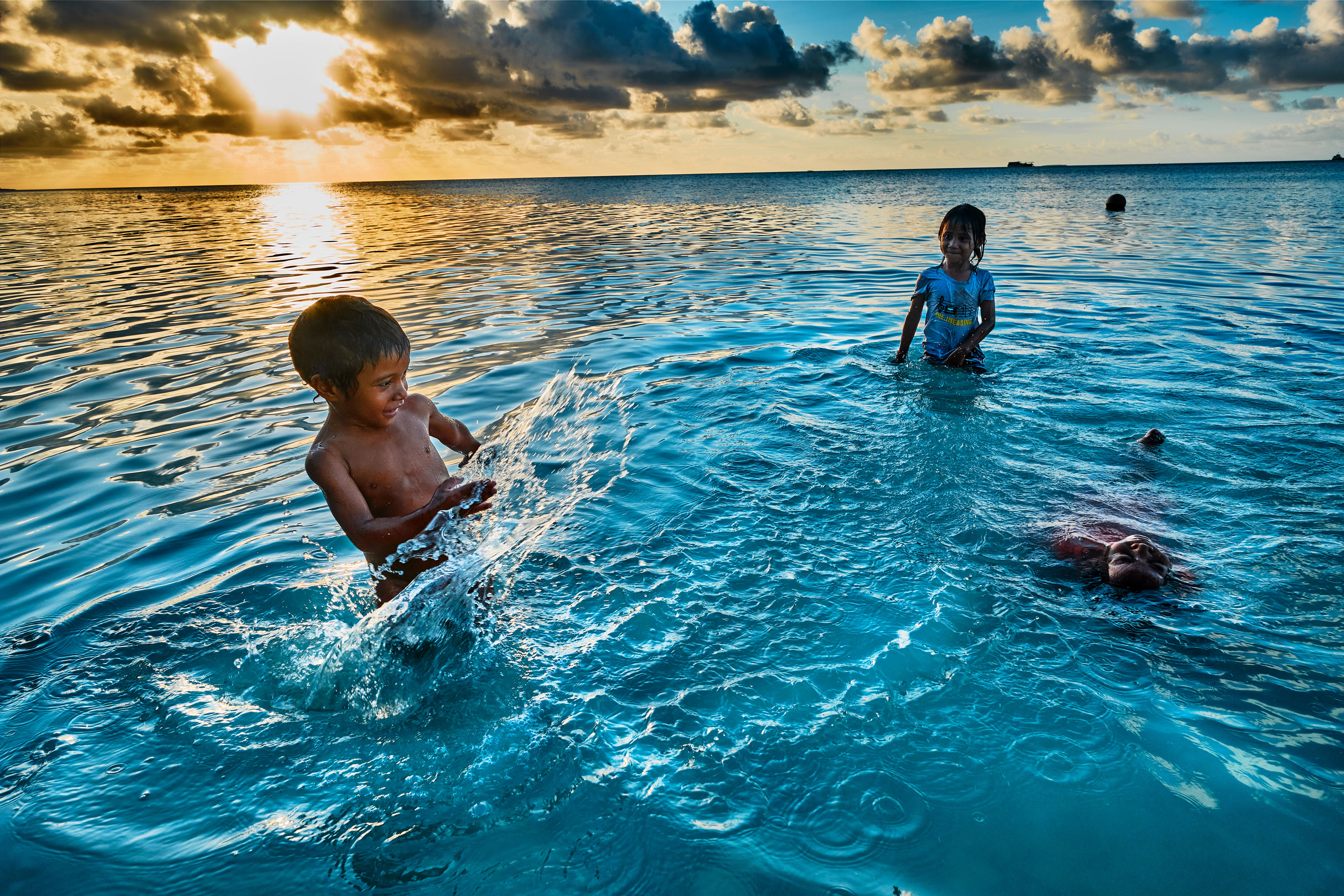Drowning
Drowning is the process of experiencing respiratory impairment from submersion/immersion in liquid. Drowning outcomes are classified as death, morbidity and no morbidity. Agreed terminology is essential to describe the problem and to allow effective comparisons of drowning trends. Thus, this definition of drowning adopted by the 2002 World Congress on Drowning should be widely used.
Drowning is a leading killer. The latest WHO Global Health Estimates indicate that over 300 000 people lost their lives to drowning in 2021. Just over half of these deaths occur among those aged under 30 years, and drowning is the fourth leading cause of death worldwide for children aged 5-14 years. Over 90% of drowning deaths occur in low- and middle-income countries. Drowning prevention interventions range from community-based solutions, such as day care for children and barriers controlling access to water, to effective national policies and legislation around water safety, including setting and enforcing boating, shipping and ferry regulations. Much more needs to be done to prevent drowning, and achieving commitments made under the Sustainable Development Goals will not be possible without addressing drowning prevention.
There are many actions to prevent drowning. Installing barriers (e.g. covering wells, using doorway barriers and playpens, fencing swimming pools etc.) to control access to water hazards, or removing water hazards entirely greatly reduces water hazard exposure and risk.
Community-based, supervised child care for pre-school children can reduce drowning risk and has other proven health benefits. Teaching school-age children basic swimming, water safety and safe rescue skills is another approach. But these efforts must be undertaken with an emphasis on safety, and an overall risk management that includes a safety-tested curricula, a safe training area, screening and student selection, and student-instructor ratios established for safety.
Effective policies and legislation are also important for drowning prevention. Setting and enforcing safe boating, shipping and ferry regulations is an important part of improving safety on the water and preventing drowning. Building resilience to flooding and managing flood risks through better disaster preparedness planning, land use planning, and early warning systems can prevent drowning during flood disasters.
Developing a national water safety strategy can raise awareness of safety around water, build consensus around solutions, provide strategic direction and a framework to guide multisectoral action and allow for monitoring and evaluation of efforts.
The Global report on drowning provides recommendations to governments to tailor and implement effective drowning prevention programmes to their settings, improve data about drowning, and develop national water safety plans. The report also points out the multisectoral nature of drowning and calls for greater coordination and collaboration among UN agencies, governments, key NGOs and academic institutions to prevent drowning.
In May 2017, WHO released Preventing drowning: an implementation guide. This publication builds on the Global report on drowning and provides concrete guidance for drowning prevention practitioners on how to implement drowning prevention interventions.
At country level, WHO has worked with Ministries of Health in some low- and middle-income countries to prevent drowning through the use of barriers controlling access to water and the establishment of day care centres for pre-school children. In addition, WHO has also funded research in low-income countries exploring priority questions related to drowning prevention. At a regional level, WHO organizes training programmes and convenes workshops to draw together representatives of governments, NGOs and UN agencies working on drowning prevention.

















